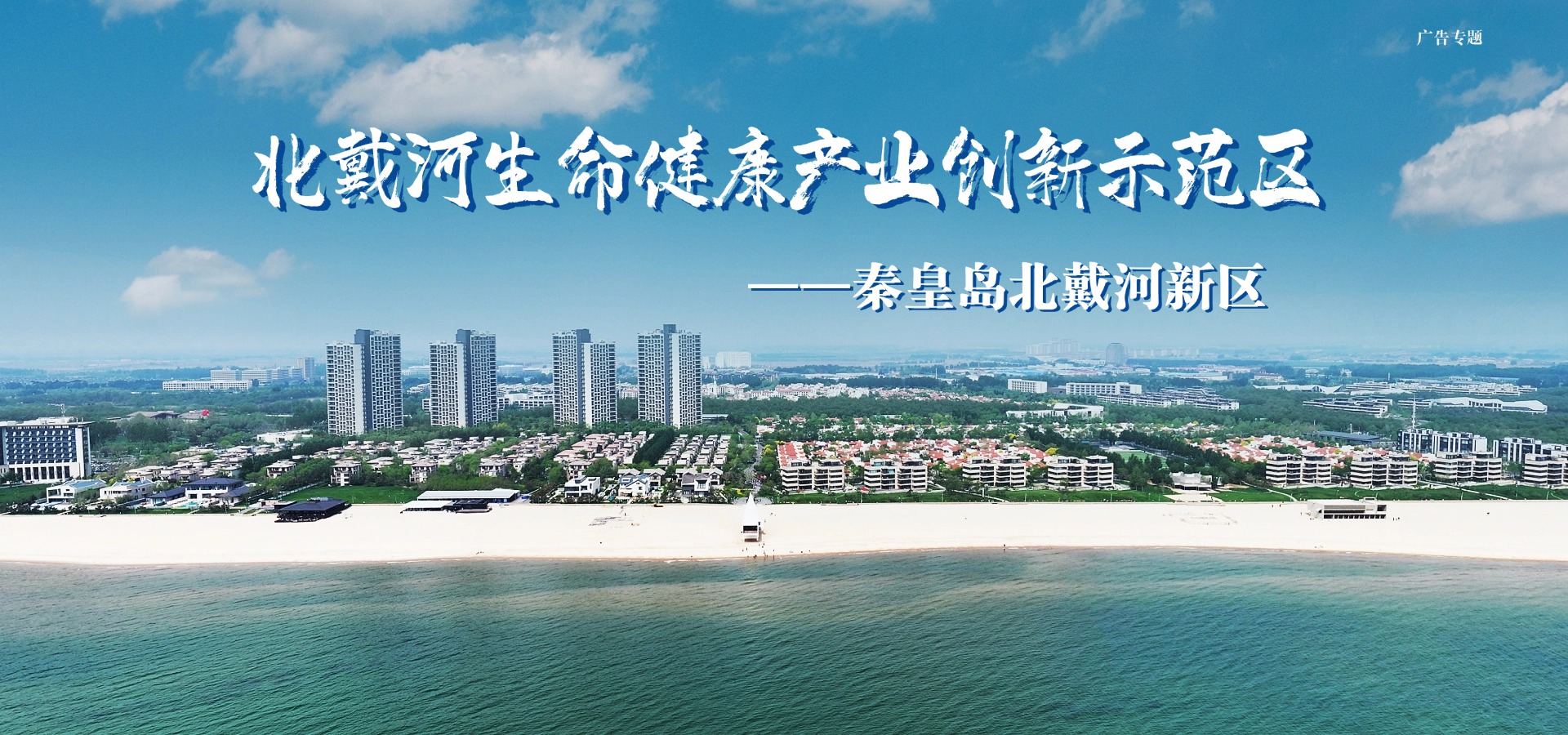Vinyl acetate monomer (VAM)
CAS number:108-05-4
-
Molecular Formula:
C4H6O2 / CH3COOCH=CH2
-
Molecular Weight:
86.09 g/mol
-
Brief Introduction:
Vinyl acetate monomer (VAM) is a clear, colorless, flammable liquid used extensively in industrial applications, such as producing adhesives, paints, textiles, and plastics. It is primarily synthesized through the acetoxylation of ethylene using a Pd–Au/SiO2 catalyst and a KOAc promoter. VAM is crucial for creating polymers and copolymers, especially in water-based paints, adhesives, and coatings. However, it can undergo rapid polymerization, posing risks during storage and transport, necessitating inhibitors like hydroquinone (HQ) to prevent unwanted polymerization. Recent studies have explored the catalytic effects of carbon doping in Pd–Au alloys to improve VAM synthesis, while an alternative method using UV-Vis spectrophotometry has been developed for determining HQ content in VAM. This simpler, cost-effective method aids in ensuring VAM's stability and quality by preventing polymerization, making it a valuable tool for manufacturers and suppliers to ensure proper storage and safe transportation.
Monomers
VAM is a monomer that is polymerized to produce a variety of polymers, most notably polyvinyl acetate (PVA) and polyvinyl alcohol (PVOH). These polymers are used in adhesives, paints, and textiles.
Vinyl Compound
VAM is a vinyl compound because it contains a vinyl group (C=C), which is a reactive double bond that can undergo polymerization to form polymers.
Ester
VAM is an ester derivative of acetic acid. Its chemical structure consists of a vinyl group attached to an acetate group (CH₃COO).
Acrylate
While it’s not a direct acrylate, VAM is related to acrylates in that it is used in the production of acrylic-based copolymers for a variety of applications, including adhesives, paints, and coatings.
108-05-4 Suppliers
A.P.C. Chemicals Industries, Inc
With a wide array of petrochemical products and strategic partnerships, A.P.C. is dedicated to being the leading distributor of chemical and petrochemical products in the Philippines.
